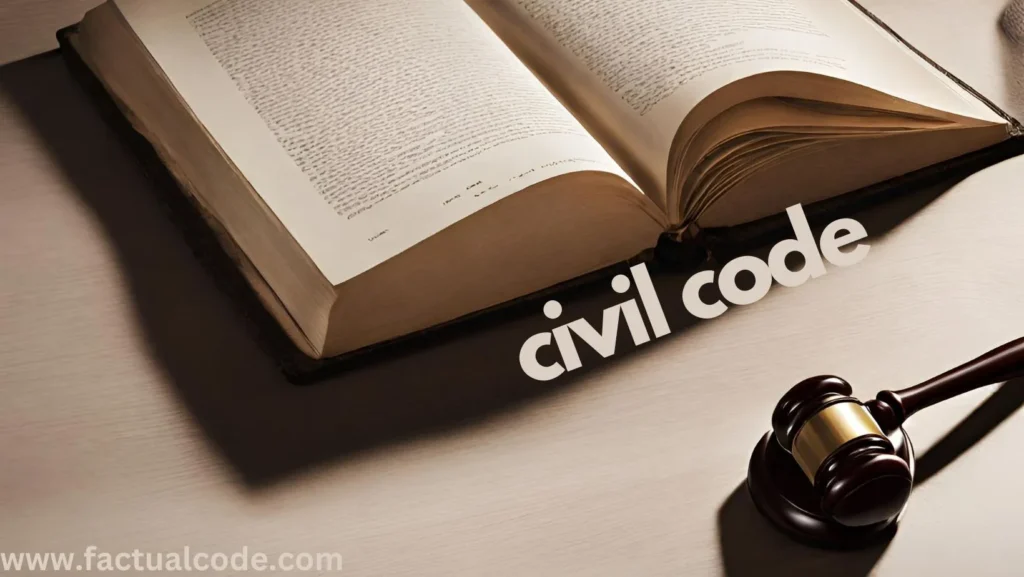Introduction
The doctrine of res judicata operates on well-established principles, which are codified in Section 11 of the CPC. These principles ensure that no person is subjected to multiple litigations for the same matter, emphasizing judicial integrity, efficiency, and the prevention of misuse of litigation.
Principles of Res Judicata
1. Direct and Substantial Issue
- The matter in the subsequent suit must have been directly and substantially in issue in the earlier suit.
2. Identity of Parties
- The parties in both suits must be the same or represent the same interest. For example, legal representatives or successors are bound by judgments involving the original parties.
3. Competent Jurisdiction
- The court that decided the former case must have had jurisdiction to entertain and decide the matter.
4. Final Decision on Merits
- The judgment in the former case must have been a final decision on the merits, rather than a procedural order or interim ruling.
5. Binding Judgment
- The judgment in the previous case is binding not only on the parties but also on their privies or anyone claiming under them.
6. Public Policy
- By discouraging endless litigation, res judicata promotes justice, efficiency, and finality, ensuring that disputes are conclusively resolved.
Case Laws Supporting Res Judicata
1. Daryao vs. State of Uttar Pradesh (1961)
Recognized the application of res judicata even in writ petitions under the Indian Constitution.
2. Satyadhyan Ghosal vs. Deorjin Debi (1960)
Reaffirmed that res judicata ensures consistency in judicial decisions.
3. Sheodan Singh vs. Daryao Kunwar (1966)
Emphasized that issues substantially raised and decided in earlier proceedings cannot be reopened in subsequent litigation.
Conclusion
The principles of res judicata aim to uphold judicial consistency, reduce the burden on courts, and protect individuals from harassment through repetitive suits. By ensuring that the same issues are not litigated endlessly, it reinforces the rule of law, facilitates efficient judicial administration, and preserves the sanctity of the judicial process.

